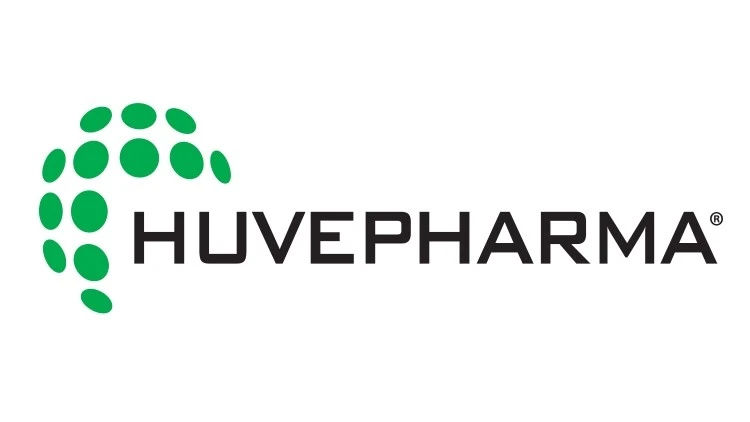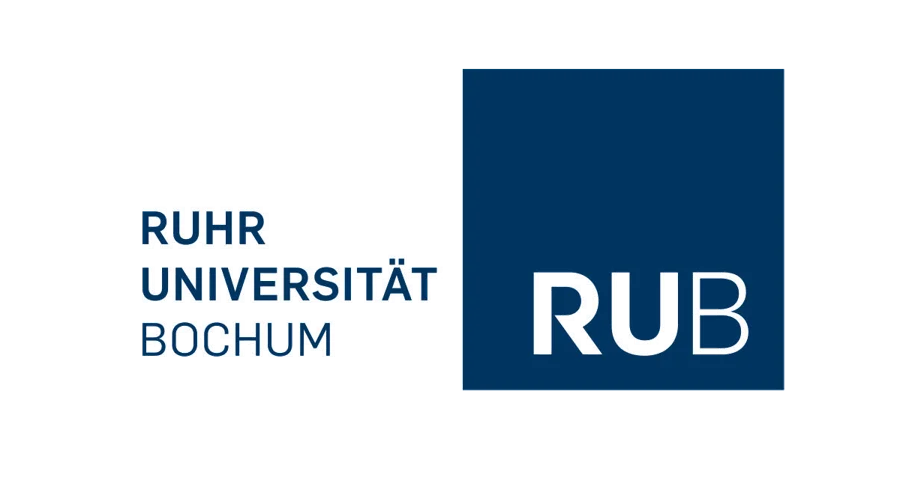Artificial intelligence.
Human ingenuity.
All-in-one app can handle targets for multiple properties
Superior outcomes even with 100 times fewer experiments compared to standard screening methods
On-site deployment or connection via your API keep your data & IP secure



Get the pioneering power of AI for your protein design… without the hype
Whether you work in biotech or pharma, you like to do things differently. You strive to be the pioneer in your field.
You cherish your tried-and-tested tools, but you’re always looking for the next bold idea. Because you know that results beyond what you can currently imagine are out there.
Continuous tiny tests
Yes, everyone’s talking about AI and machine learning, but do these tools actually deliver?
The Exazyme web app lets you predict protein evolutions more efficiently.
Use our powerful AI-based algorithm to distil data patterns into actionable findings. And get quality candidates at a fraction of the number of lab experiments compared to directed evolution or deep mutational scanning.
Like a thousand wet labs working on your protein design project, all at once. At a fraction of the cost.
Achieve your target protein attributes with significantly fewer experiments.
We offer on-site deployment or connection via your API. Get in touch to find out more.
Upload a spreadsheet with your starting data set to the Exazyme app.
The algorithm will test whether it can deliver from your data.
Choose between random mutations, digital deep mutation scans, a fixed candidate list, and more.
Discover the highest possible absolute values
Pursue the best possible protein.
Not just the best you can identify with rational design. Not just the best you can find using standard methods such as directed evolution.
One app. Boundless protein possibilities.
Whatever protein characteristics you’re working to improve, the Exazyme app is here to support you. It can even target multiple properties all at once.
So, if you’re wondering whether this is the right tool for your task, the answer is probably yes.
You can use Exazyme for objectives like these:
- Increase protein catalysis speed and enzyme activity for faster chemical reactions.
- Enhance protein stability in solvents and varying temperatures so they’re easier to store, transport and deploy.
- Improve protein affinity for increased protein-protein interaction.
- Refine proteins for specificity so they’re perfect for what you need.
- Optimize proteins for other properties that we didn’t think of – so long as you can measure them.
And there’s even more to come.
Learn from false trails
Even disappointing wet lab experiments become valuable.
Upload them to the Exazyme algorithm — and train it to predict more accurately.
Your data. Your rules. Your premises, if you like.
Stay in control of your amino acid sequences, lab results, and proprietary data.
As a company based in Berlin, we’re used to following comprehensive privacy laws. But compliance is not enough. We have a culture of respecting your privacy and keeping your information safe.
That’s why we’ll sign an NDA with you when you decide to use the app. And you can choose to deploy the app on-premises, or connect via your API.
By the way: the Exazyme website and app are hosted in Germany. Data centers are DIN ISO 270** certified and SOC2 compliant.
Just one payment between you and your next scientific breakthrough
Imagine if big, bold science wasn’t limited by price.
To democratize the biotech space and help you meet your goals, we offer a one-off flat rate for your entire project. That means no matter how many protein sequences you need to make that breakthrough, you’ll still only pay a fixed service fee.
Ready, set, done
Whether it’s a cell phone or computer, you know the right tools help you work faster. It’s the same with a dry protein design app.
How much faster?
With Exazyme, you may achieve superior outcomes even with 100x fewer experiments compared to standard screening methods.
Imagine the breakthroughs you could achieve. All that extra time. All those ideas you’ve shelved for ‘when things calm down.’
Small data set? No big deal.
There’s a good chance the app will produce impactful results from as little as 20 data points.
But you’ll know for sure before you pay for the project.
When you import your spreadsheet, the algorithm will test whether it can deliver from your data. If it can’t, it usually highlights an issue within your lab setup. When that happens, you’ll be able to use the app successfully once measurements are improved.
See for yourself what all the fuss is about
Helping leading synthetic biologists outperform a Nobel-prize winning protein development method by 2.8x
Before Exazyme
After Exazyme
Two of the 10 variants tested displayed enhanced properties:
- One showed a 2.8-fold increase in catalytic rate
- Another consumed less ATP, making it 50% more energy-efficient
Scientists in business helping businesses in science
We’re on a mission to make designing chemistry as easy as using an app — facilitating the ideas that shorten the wait to solve the world’s most pressing problems: from CO2 to cancer.
Because we believe in AI and biotechnology as tools for social good. Tools which, when used responsibly, tap into nature’s own building blocks to improve quality of life, stabilize the climate, and open up new opportunities for protecting and improving life beyond what we can currently imagine.

Ingmar Schuster, PhD
“Multipassionate.” That’s how you might describe Ingmar, who’s interested in everything from linguistics to computer science. And as our CEO, he gets to apply it all.
Our models of protein function rely on his 10+ years of experience in artificial intelligence, machine learning, and statistics. His knack for communication comes alive when collaborating with clients. And his forays into psychology have laid the foundation for a strong team.

Philipp Markert
As our COO, Philipp is the catalyst at Exazyme.
Having lived and worked across three continents, he’s fluent in English, German, and Portuguese.
His approach means you’ll have a structured and seamless experience — whether you apply for a job, work with us or use our app.

Harry Sevi, PhD
Harry makes sure our models and algorithms are desirable side-kicks for scientist superheroes.
After studying applied mathematics and physics at the Ecole Normale Supérieure, Harry founded his own company. He’s always looking for ways machine learning can help you focus on what you do best: getting creative and improving life.
For humanity & beyond.

Jelena Ivanovska, PhD
As our Chief Science Officer, Jelena is our bridge between science and business.
On the one hand, her background in molecular and cell biology keeps us grounded in research and lab work.
On the other hand, she helps us see the bigger picture — and what humanity can achieve with better proteins.

Lukas Pluska, PhD
Lukas brings 10 years of research experience in interdisciplinary life science projects to the team.
Now, he helps scientists and biotech companies escape the dead-ends lurking down tried and trusted paths.
He’s your partner in establishing productive collaborations and exploring new technologies.
Wise words → clever code → powerful proteins

Prof. Dr. Uwe Bornscheuer
World-renowned biocatalysis expert

Dr. Hugo Grimmett
AI product development and building startups

Prof. Dr. Matthias Ocker
Berlin, Germany
Drug development with a focus on cancer